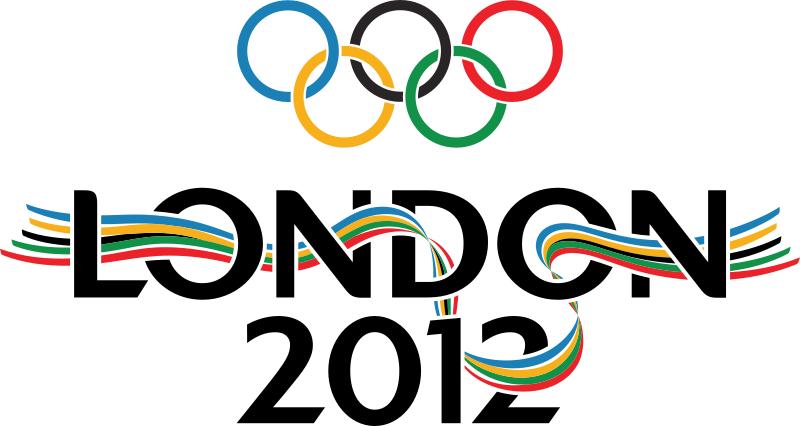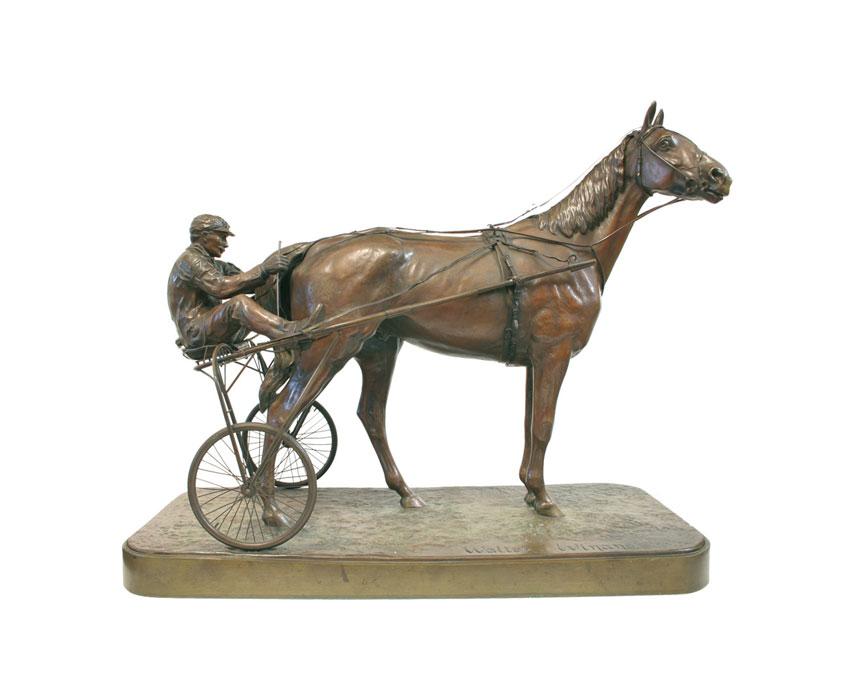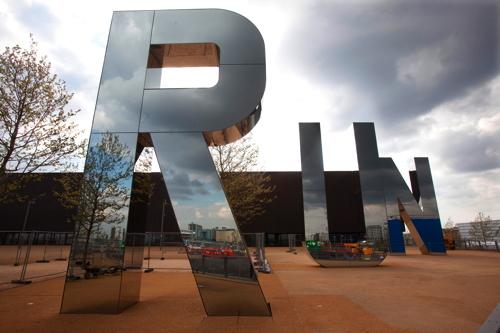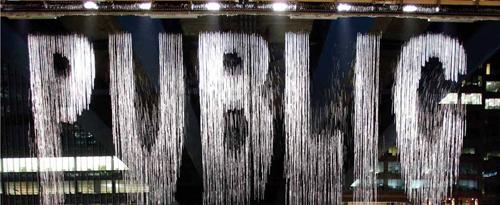If you’re anything like me, you will be spending the next few weeks glued to your television watching the 2012 Summer Olympics. The Olympic Games has this incredible ability to put our regular day-to-day life on hold in a way that no other event can. It is a time-honored event that has survived depressions, recessions, international conflicts, and wars and for two weeks every two years the many people in our world come together to celebrate their countries’ athletic abilities and successes while displaying enthusiastic patriotism that tends to dissipate in the weeks following the Closing Ceremonies.
The Olympic Games is more than an international sporting event, however, since its inception, it has celebrated the arts as well. In the early years of the modern Games there was a regular art competition component. According to the founder, French Baron, Pierre de Coubertin, the ideal Olympians were men who were “educated in both mind and body” and he desired to combine both art and sport in the Olympic Games. From 1912 to 1952, medals were awarded for works of art inspired by sport in the categories of architecture, literature, music, painting, and sculpture. Only two competitors in those forty years achieved Olympic medals in both sport and art competitions, including American, Walter W. Winans for his sculpture, An American Trotter.
The 1948 Summer Olympics in London marked the final year for the Olympic art competitions. The juried competitions ended because the participating artists were considered to be professionals, while Olympic athletes were required to be amateurs.
Although the medal events were abandoned, the Olympic Games still have an artistic component today through the Cultural Olympiad. This summer’s Games include extensive cultural offerings across the British Isles with the London 2012 Festival. Spectators at the games will also find themselves surrounded by art of all kinds; the Olympic Park has integrated a diverse range of commissioned art pieces into the British architecture and engineering of the Park.
During the day, the letters of Monica Bonvicini’s Run act as mirrors, reflecting visitors and their surroundings. At night, they become transparent and glow thanks to internal LED lights. To view all of the commissioned pieces, visit Art in the Park’s page.
My favorite of the pieces is Julius Popp’s “bit.fall” waterfall installation. Placed under a bridge over the Waterworks River, the waterfall uses a sophisticated pump system that recycles water from the river into the water sculpture.
Using software developed by Popp, the waterfall creates a continuous cascade of words that are widely used in live news feeds. One of the neat things about this technology is that the words are constantly changing. No day is like the last. The end result is a beautiful and spectacular visual experience. To get a better grasp on this work I consulted a short documentary on Popp. See it here on YouTube.
After the Closing Ceremony on August 12, keep the Olympic spirit strong by reading Chris Cleave’s new novel, Gold. The bestselling author of Little Bee, Cleave’s new book focuses on two athletes and how they traverse the shifting sands of ambition, loyalty, and love on the eve of their last Olympics. On Tuesday, October 9, Chris Cleave will be appearing at the Dallas Museum of Art in a special Arts & Letters Live event. For more information and to purchase tickets, please visit our website.
Hayley Dyer is the Audience Relations Coordinator for Programming at the Dallas Museum of Art.



